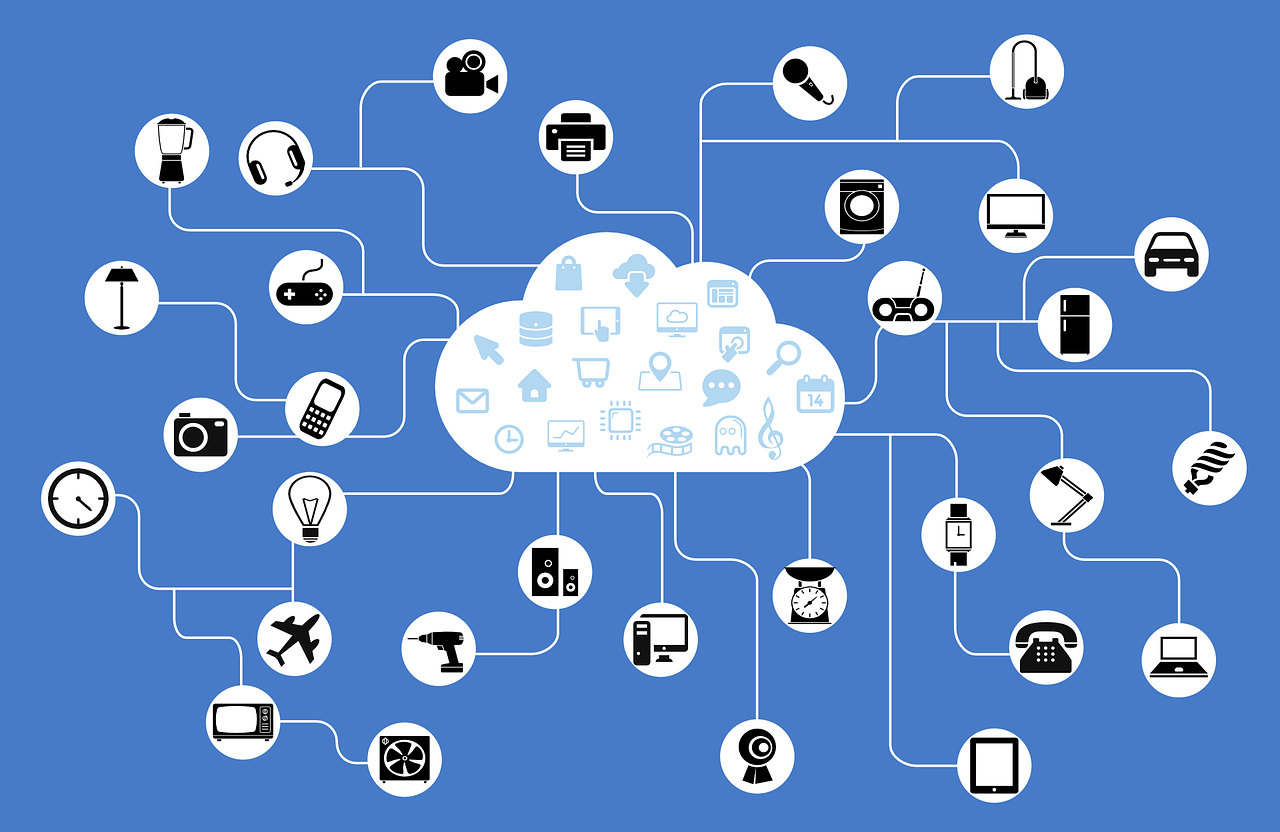During the first half of the year 2020, we witnessed an unparalleled, accelerated evolution to mass home-working, living, and leisure during the pandemic. This has uncovered the significance and critical aspects of our network infrastructures. Some of these changes in behavior and working are likely to persist or re-emerge in the years to come.
Increased bandwidth demands combined with the fluctuating geography of mobile usage and longer peak hours, highlight the need for innate investment in telecom infrastructure, and a regulatory framework that encourages this.

The European Round Table for Industry (ERT) recently released an Assessment paper on 5G technology roll-out in Europe. The ERT summarized that Europe and some of the largest individual nations are well behind global competitors in deploying 5G technology.
However, the European Union is taking steps towards redressing the situation as it moves to full 5G coverage in the near future. A very possible endeavor seeing as two out of the top three global companies, Ericsson and Nokia are also European companies, that continue to lead the global 5G rollout race.
First Steps Towards Practical Uses of 5G
Irrespective of whether the business is a start-up, a corporation, or an LLC, 5G networks will reimagine business as we know it.
Manufacturing optimizations
In Sweden, Atlas Copco Industrial Technique recently installed a private 5G network in the integration lab to bring operational efficiencies and cost savings to the manufacturing process. 
This is one of the first 5G implementations for industrial purposes in the world and one used to develop 5G ready industrial tool solutions for customers worldwide.
2018 also saw telecommunication giants Nokia and Telia Company AB conduct what is being described as the first “real-world” industrial applications of 5G manufacturing.
Both companies leveraged the ultra-low latency, high-bandwidth capabilities of 5G to support time-critical applications, enhancing production and efficiency in a manufacturing environment.
As the demand for manufacturing optimizations increases, join in the discussion about smart and lean production advancements in modern industrial organizations at our 600Minutes virtual events, IndustryForum on Smart Machinery and Services (Finland), Smart Manufacturing, and the Executive Club Manufacturing in Sweden.
Retail

Amazon Go is a recent example of a retail outlet with the potential to transition seamlessly to a staff-less experience. Amazon utilizes dozens of sensors to provide real-time inventory visibility and update pricing according to demand. It is a similar technology to those used in self-driving cars to automatically detect when products are taken from or returned to the shelves, keeping track of the products in a virtual cart. Once completed, shoppers can simply walk out of the store with the products. The system then charges their Amazon account and issues a receipt.
In essence, improved connectivity empowers retailers to monitor customer behavior more closely and make educated decisions to better engage shoppers, increase sales, and reduce operating costs.
Join our virtual events for the chance to exchange thoughts and ideas with fellow business leaders on the future of retail: The 6th Annual European Strategy Forum (The Netherlands), IndustryForum Retail (Germany), and the Executive Club Retail in Sweden.
Smart Homes and Cities
Steelcase partnered with Ericsson to create the next generation office environment using 5G and IoT – Steelcase WorkLife Center. 
Together, they are testing new use cases for the workplace that will allow team members to collaborate more efficiently and effectively. Employees will be able to create smarter, connected solutions, for example, ones that can serve as an interconnected layer to support digital wayfinding, asset location, and room scheduling
This web of connectivity will enable maintenance of the infrastructure and manufacturing systems, as well as robust flow control, adjustment, and fine-tuning of operating parameters to respond to real-time fluctuations in the environment and processes, as they occur.
Healthcare
During the 5G Healthcare Vodafone Conference & Experience Day in Milan, remote surgery operation was carried out for the first time in Italy over a 5G network in collaboration with the Italian Institute of Technology (IIT) and the IRCSS Hospital San Raffaele.
 Professor Matteo Trimarchi performed the procedure from the Vodafone Village on a synthetic larynx model at the San Raffaele hospital, at the opposite side of the city.
Professor Matteo Trimarchi performed the procedure from the Vodafone Village on a synthetic larynx model at the San Raffaele hospital, at the opposite side of the city.
The Government of Catalonia, SEM, Vodafone, i2CAT, IECISA, and 5G Barcelona are working together to develop advanced communication tools for 5G connected ambulances, highlighting how 5G networks affect critical areas such as healthcare.
Connected ambulances are already being used to receive specialized remote real-time HD video support while carrying a patient, and ambulances will soon also gain Vehicle-to-Vehicle (V2V) and Vehicle-to-Infrastructure (V2i) capabilities to ensure they have access to clearer roads on the way to the hospital.
Explore the latest innovations and solutions that are aimed at improving health outcomes for patients and communities in the digital age at the IndustryForum Healthcare (The Netherlands) and the IndustryForum Hospital Healthcare (Germany).
Connected Transportation
The future of transportation is accelerated. New business models, limitless consumer experiences, and financial opportunities in the industry appear almost daily.
According to Intel, connected cars will save 250 Million commuting hours and increase productivity gains by US$507 Billion by 2030. The transportation industry also stands to gain over US$6 Trillion from pilotless vehicles, autonomous business fleets, and ride-hailing services.
Ericsson and Telia in partnership with Einride are developing an Autonomous Electric Transportation (AET) solution for next-gen driverless vehicles. AET is an example of how 5G facilitates all-electric road freight transportation with the potential to reduce CO2 emissions by 90%, and eliminate harmful NOx emissions and ultrafine soot particles.
Conclusion
Businesses stand to benefit significantly from the increased speeds, reliability, and power provided by 5G infrastructure. New and existing technologies such as the Internet of Things (IoT), Smart Cities, Big Data, Autonomous Vehicles, Virtual Reality (VR), and Augmented Reality (AR) can reach new heights.
5G networks will undoubtedly enhance the speeds at which data is transferred from point to point, directly transforming how businesses work and operate to become more resilient and competitive. With increased productivity, companies will experience increased revenue and significantly boost the EU economy.




 Effective talent deployment
Effective talent deployment
 Change is ever consistent, and leaders who are unwilling to embrace the technology-driven future of business risk falling behind their competitors, especially in the current time of
Change is ever consistent, and leaders who are unwilling to embrace the technology-driven future of business risk falling behind their competitors, especially in the current time of 







 However, they had faulty software that let anyone who obtained a camera’s IP address look through it — and sometimes listen as well. Thus for at least two years (2010 – 2012), the SecurView webcams allowed the transmission of user login credentials in clear, readable text over the internet! It did not just end there. Even their proprietary mobile app for the cameras stored users’ login credentials in clear, readable text, right on their mobile devices allowing anyone who obtained a camera’s IP address to look and sometimes listen through it as well.
However, they had faulty software that let anyone who obtained a camera’s IP address look through it — and sometimes listen as well. Thus for at least two years (2010 – 2012), the SecurView webcams allowed the transmission of user login credentials in clear, readable text over the internet! It did not just end there. Even their proprietary mobile app for the cameras stored users’ login credentials in clear, readable text, right on their mobile devices allowing anyone who obtained a camera’s IP address to look and sometimes listen through it as well.